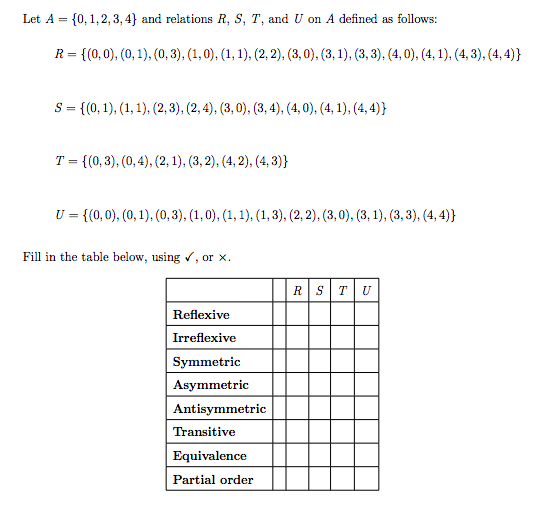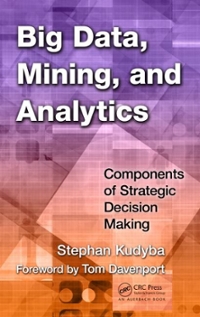Answered step by step
Verified Expert Solution
Question
1 Approved Answer
Let A = {0,1,2,3,4} and relations R, S, T, and U on A defined as follows: R= = {(0,0),(0,1),(0,3), (1,0), (1, 1), (2, 2), (3,0),(3,1),(3,

Step by Step Solution
There are 3 Steps involved in it
Step: 1

Get Instant Access to Expert-Tailored Solutions
See step-by-step solutions with expert insights and AI powered tools for academic success
Step: 2

Step: 3

Ace Your Homework with AI
Get the answers you need in no time with our AI-driven, step-by-step assistance
Get Started


